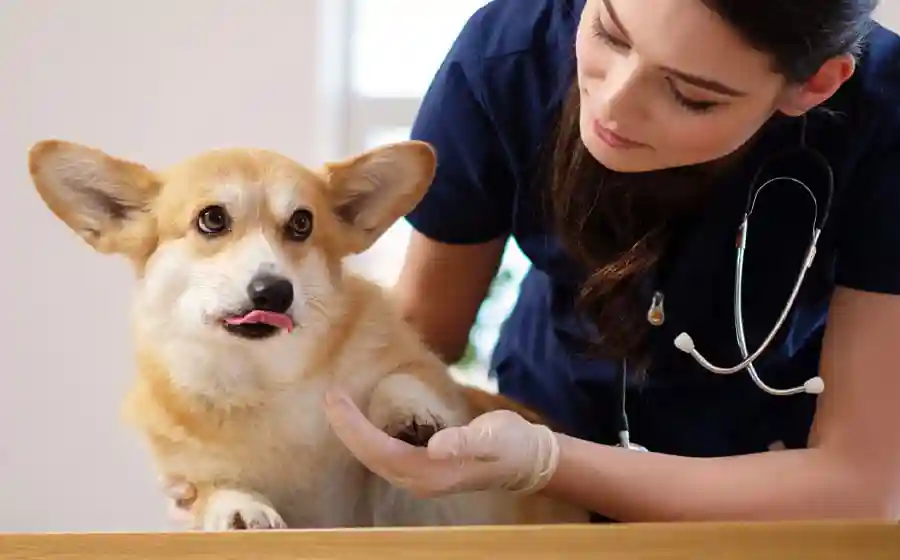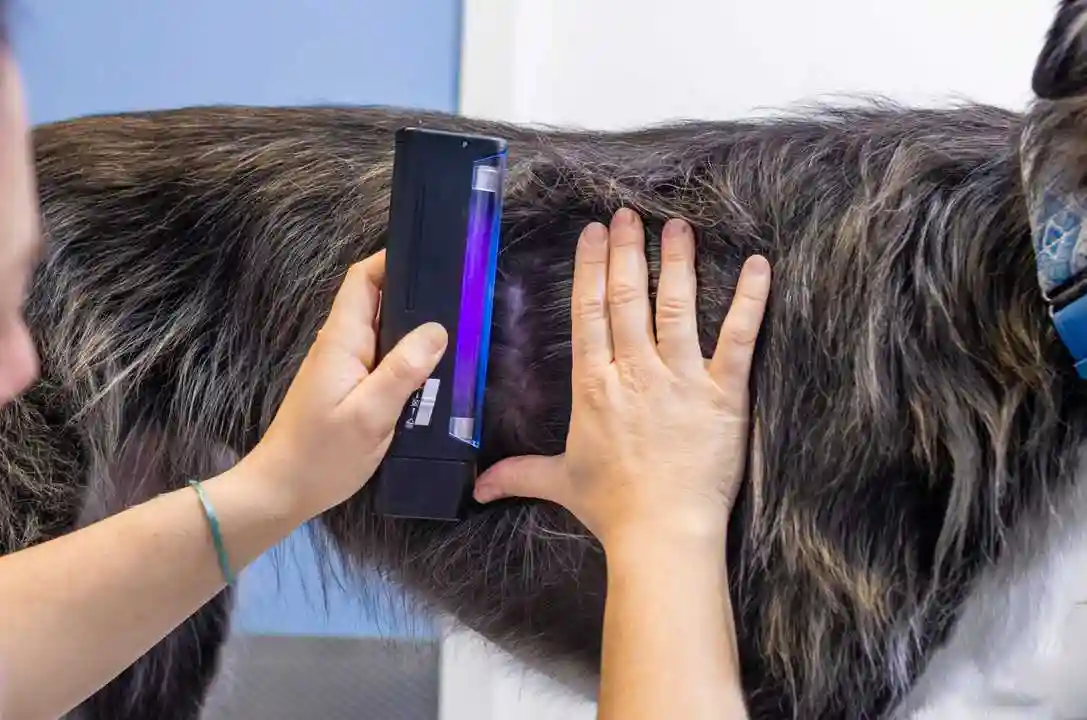Ringworm is caused by dermatophytes (fungi)
If you suspect your dog has ringworm, it's essential to consult with a veterinarian for a proper diagnosis. Ringworm is highly contagious and can spread through direct skin-to-skin contact with an infected person or dog, or by touching contaminated surfaces. It is also possible to contract ringworm from other infected animals. Treatment typically involves antifungal medications, which can be applied topically or taken orally depending on the severity of the infection. Keeping the affected area clean and dry is also important in managing and preventing the spread of ringworm. If you suspect you have ringworm, it's advisable to consult with a healthcare professional for an accurate diagnosis and appropriate treatment.



Ringworm Identification
How to Identify Ringworm on DogsCircular Areas of Hair Loss:
Unlike in humans where a ring-like rash is common, dogs often exhibit circular, patchy areas of hair loss. These patches may have a crusty appearance.
Skin Redness and Scaling:
The affected skin may be red, scaly, or flaky, similar to the symptoms seen in humans.
Itching and Irritation:
Dogs with ringworm may itch and scratch the affected areas, although not all dogs show signs of discomfort.
Dandruff:
Increased dandruff or skin flakiness can be observed in the affected areas.
Changes in Nail and Claw Health:
In some cases, ringworm can affect a dog's nails, leading to brittleness, discoloration, or deformation.
Variable Symptoms:
The severity and appearance of ringworm can vary greatly from one dog to another. Some dogs may have just a single lesion, while others may have multiple affected areas.
Asymptomatic Carriers:
Some dogs can carry the fungus without showing any symptoms, making it challenging to identify.
